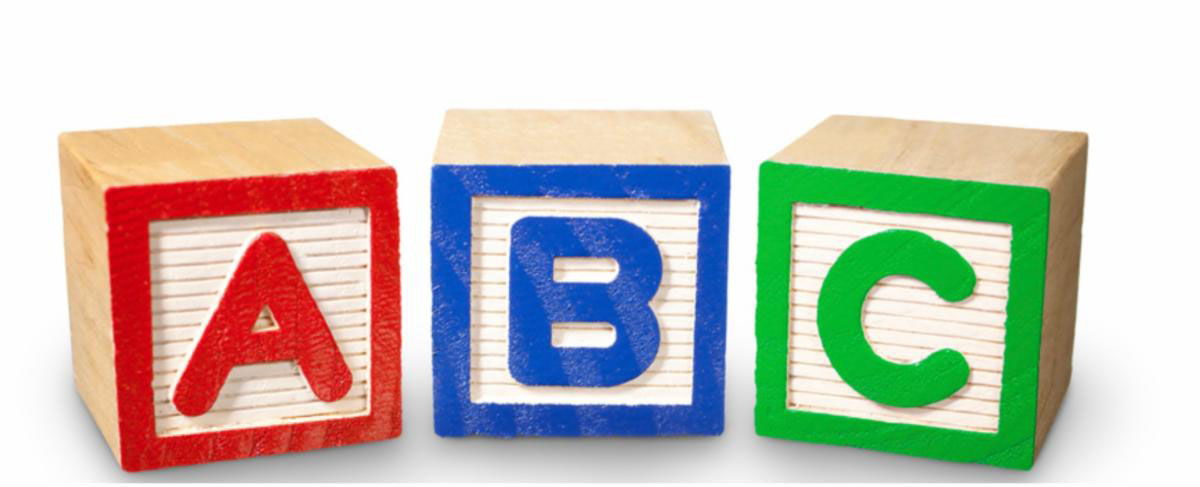 nicoletaionescu/Getty Images
nicoletaionescu/Getty Images A country must have a flag. In 1896, Theodore Herzl wrote, “We have no flag, and we need one.” Herzl offered a somewhat pedestrian suggestion of “a white flag, with seven golden stars. The white field symbolizes our pure new life; the stars are the seven golden hours of our working day.” (However, Herzl carefully arranged the stars so that, together, the seventh star is a Magen David.)
Flags have always played a role in statecraft. In the book of Numbers, flags organize the Jews as they travel through the desert; in later Jewish history, impromptu flags, often used on Simchat Torah, were symbols of Jewish solidarity. In the ancient world, flags, ensigns and banners played a critical role in warfare, where they took on extraordinary importance; capturing the enemy’s flag was an act of heroic valor, and a humiliation for the opponent. The Romans treated their ensigns as an object of worship. Josephus writes that the Romans considered it “a terrible thing … and a great shame, if they were stolen away.” In modern times, flags are primarily a national symbol.
To Herzl, having a national flag was critical. He wrote, “If we desire to lead many men, we must raise a symbol above their heads.” To him, the flag was another way of transforming the humble Jewish masses into a nation. He would later write in his diary (June 1, 1901) that he hoped to be remembered by history as “an impecunious Jewish journalist, (who) amid the deepest degradation of the Jewish people and at a time of the most disgusting anti-Semitism, made a flag out of a rag and a people out of a decadent rabble, and was able to rally this people around such a flag.” The leader, and their flag, are what make the people a people.
Herzl, along with his flag, led the huddled masses to their promised land. However, what would ultimately become the flag of Israel represents a very different vision.
Four biblical commentators from medieval France mention flags in their commentaries on Parshat Beshalach, during a battle scene toward the end of the Parsha. The newly freed slaves are ruthlessly attacked in the desert by Amalek, who “surprised [the Jews] on the march, when you were famished and weary, and cut down all the stragglers in your rear” (Deuteronomy 25:18). The Jews have to fight back.
What ensues during this is quite unusual. Joshua is sent to lead the Jews in battle. At the same time, the Torah tells us:
And Moses said to Joshua … Tomorrow I will stand on the top of the hill with the rod of God in my hand. … Moses, Aaron, and Hur went to the top of the hill. As long as Moses held up his hands, the Israelites were winning, but whenever he lowered his hands, the Amalekites were winning. When Moses’ hands grew tired, they took a stone and put it under him and he sat on it. Aaron and Hur held his hands up—one on one side, one on the other—so that his hands remained steady till sunset (Exodus 17:9-12).
With Moses’ hands held high, Joshua wins the war.
Every commentary grapples with the same question: What is Moses doing with his hands? The most obvious answer, offered by Rabbi Abraham Ben HaRambam and Shadal, is that Moses raises his hands in prayer and miraculously protects the Jewish soldiers.
Others find this explanation unsatisfying: If this was meant to be a time of miracles, why did Moses send the soldiers to begin with?
Four commentaries from Northern France, Bechor Shor, Rashbam, Hizzkuni, and Joseph Kara, offer a very different interpretation. Moses held his staff high (in his hands,) which functioned as a military flag. (It is fascinating that the commentaries offer three different vernacular words for flags: banniere, confano and pendon.) Holding the flag high strengthens the morale of the troops. Moses’ staff and his hands function like a flag.
These two explanations are polar opposites. One sees Moses’ hand-raising as the prerequisite for a miraculous intervention; the other sees Moses’ staff as playing a mundane role, a rudimentary flag that rallies the troops on the ground.
The Mishnah (Rosh Hashanah 3:8) offers a middle ground: The hands of Moses functioned as a spiritual flag. It says that when Moses held his hands aloft, “the Jewish people turned their eyes upward and subjected their hearts to their Father in Heaven; then they prevailed. But if not, they fell in battle.”
For the Mishnah, the result of the war is miraculous, but the miracle doesn’t belong to Moses; it belongs to the people. Moses’ hands held aloft, metaphorically the first flag of the Jewish people, is not about the leader; it is about the people. It reminds the soldiers to focus on their divine connection and reflect on their mission.
For the Mishnah, the result of the war is miraculous, but the miracle doesn’t belong to Moses; it belongs to the people.
The Mishnah offers a very different vision of what a flag is: It represents the shared values of the community. Its worth comes from what people project onto it and how people connect to it. Unlike Herzl, the Mishnah sees the value of the flag as depending on what people invest in it.
Herzl’s vision for a flag was rejected. Instead, a proposal by David Wolffsohn, a close associate of Herzl and his successor as President of the Zionist Organization, was accepted. Wolffsohn writes that at the first Zionist conference, the following inspiration came to him:
At the behest of our leader Herzl, I came to Basel to make preparations for the Zionist Congress. Among many other problems that occupied me then was one which contained something of the essence of the Jewish problem. What flag would we hang in the Congress Hall? Then an idea struck me. We have a flag — and it is blue and white. The talith (prayer shawl) with which we wrap ourselves when we pray: that is our symbol. Let us take this Talith from its bag and unroll it before the eyes of Israel and the eyes of all nations. So I ordered a blue and white flag with the Shield of David painted upon it. That is how the national flag, that flew over Congress Hall, came into being.
Wolffsohn creates a flag that reflects every man; and it also reflects the everyman, the tallit worn on the backs of tailors and wagon drivers, the ordinary folk who understood Zionism well before the rest of the world did. It is not a top-down flag, one brought by the leader to transform a hopeless rabble; instead, it is a people’s flag, one that draws its meaning from the hopes and dreams of its followers.
Rabbi Joseph B. Soloveitchik argues that the people’s attachment to the Israeli flag transforms it into a sacred object. In a Yiddish lecture given at a Mizrachi convention in the 1960s, Rabbi Soloveitchik remarked that he generally doesn’t understand the magical attraction of flags or other objects like them. However, the Israeli flag is different. The Shulchan Aruch says that a Jew who is murdered must be buried in the clothes he was wearing when he was killed. Soloveitchik says this law teaches us that clothing “acquires a certain sanctity when spattered with the blood of a martyr. How much more is this so of the blue and white flag, which has been immersed in the blood of thousands of young Jews who fell in battle defending the country and its population. The Israeli flag has a spark of sanctity that flows from devotion and self-sacrifice.”
The people’s flag carries more than the hearts and souls of a nation; it represents the sacrifices that so many young people have made to build the State of Israel.
Today, our young men and women have to go into battle; far too many will not return home again. It is grueling to continue to fight against a fanatical, bloodthirsty foe. The ongoing losses are too large to bear. As the war continues, we too, like Moses, find that our hands grow weary.
What continues to hold the flag high are the people, who are filled with dedication. In the end, Moses can no longer hold up the flag; his hands need to be held aloft by Aaron and Hur. This moment offers a critical lesson: Flags don’t belong to leaders, not even Moses. They belong to the entire people.
Today in Israel, it is the ordinary Israeli, and only the ordinary Israeli, who holds the country together. Previously unknown heroes have rushed to the front lines, organized volunteers, and taken care of a country in crisis. These ordinary people have consecrated the flag with the sacrifices they have made, sacrifices too great to count.
Israel’s flag is their flag. And they are holding it up high, despite everything.
Rabbi Chaim Steinmetz is the Senior Rabbi of Congregation Kehilath Jeshurun in New York.






















 More news and opinions than at a Shabbat dinner, right in your inbox.
More news and opinions than at a Shabbat dinner, right in your inbox.